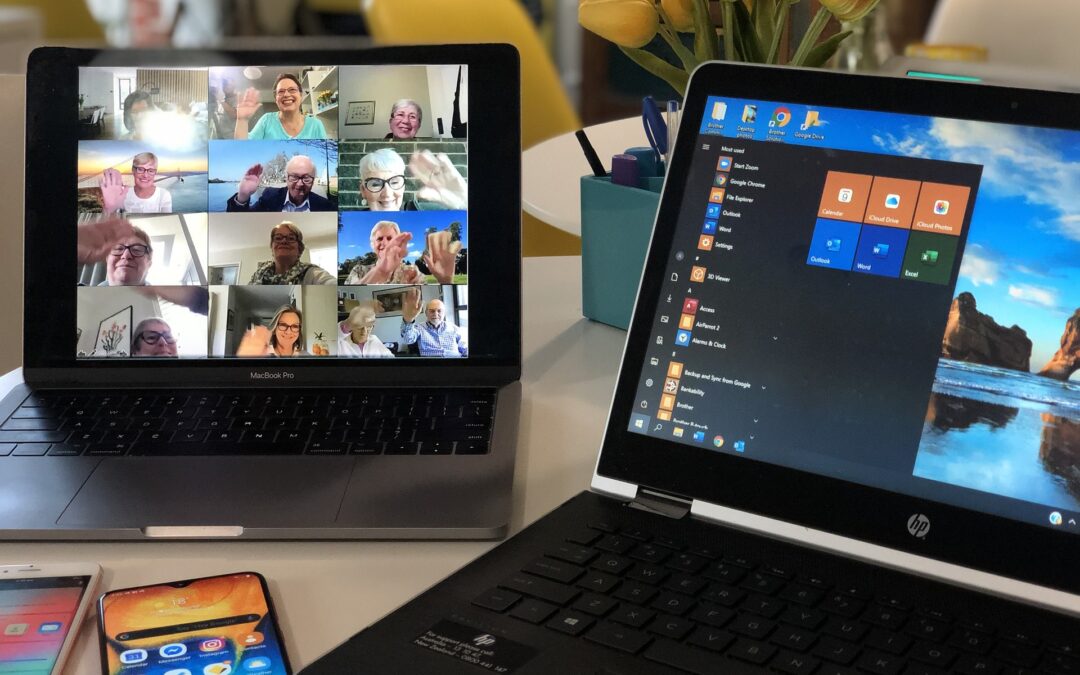As businesses continue to expand their global presence, video conferencing has become an essential tool for effective communication and collaboration. To ensure the success of your video conferences, it’s crucial to design a setup that meets the unique needs of your organization. In this guide, we’ll discuss tips and best practices for creating the perfect video conferencing setup for global offices.
Table of Contents
- Choosing the Right Technology
- Optimizing Room Layouts and Acoustics
- Fostering a Collaborative Work Environment
Choosing the Right Technology
Selecting the Right Video Conferencing Platform
When selecting a video conferencing platform, consider factors such as ease of use, integration with existing tools, and scalability. Some popular options include Zoom, Microsoft Teams, and Cisco Webex. Make sure the platform offers features like screen sharing, recording, and virtual backgrounds to enhance the conferencing experience.
Investing in High-Quality Audio and Video Equipment
Invest in high-quality audio and video equipment to ensure clear communication during video conferences. A high-definition camera, noise-canceling microphone, and speakers are essential. Test different equipment options to find the best combination for your needs.
Optimizing Room Layouts and Acoustics
Creating a Dedicated Video Conferencing Space
Designate a dedicated space for video conferencing to minimize distractions and background noise. This space should be equipped with comfortable seating, proper lighting, and a large display for shared content. If possible, choose a room with natural light and minimal echo to improve video quality and acoustics.
Optimizing Room Acoustics
Ensure the room’s acoustics are optimized to reduce echo and background noise. Consider adding sound-absorbing materials, such as acoustic panels or curtains, to improve audio quality. Additionally, position microphones strategically to capture clear audio from all participants.
Fostering a Collaborative Work Environment
Encouraging Participation
Create a culture that encourages active participation during video conferences. Establish guidelines for video call etiquette, such as muting when not speaking and using non-verbal cues to show engagement. Encourage employees to turn on their cameras and share their screens to promote collaboration.
Building Trust Among Remote Teams
Building trust among remote teams is crucial for successful collaboration. Schedule regular video conferences to maintain open lines of communication and develop relationships among team members. Consider hosting virtual team-building activities to strengthen connections and foster a sense of camaraderie.
Addressing Time Zone Challenges
Coordinating meetings across different time zones can be challenging. Use scheduling tools that automatically adjust for time zone differences, and try to schedule meetings at times that are convenient for all participants. Be mindful of cultural differences and holidays when planning video conferences to ensure inclusivity and respect for all team members.
In conclusion, designing the perfect video conferencing setup for global offices requires careful consideration of technology, room layout, acoustics, and fostering a collaborative work environment. By following these tips and best practices, you can create a seamless video conferencing experience that keeps your global teams connected and productive. Remember, investing in the right tools and cultivating a supportive remote work culture can bridge the gap between remote teams and contribute to the success of your organization.
